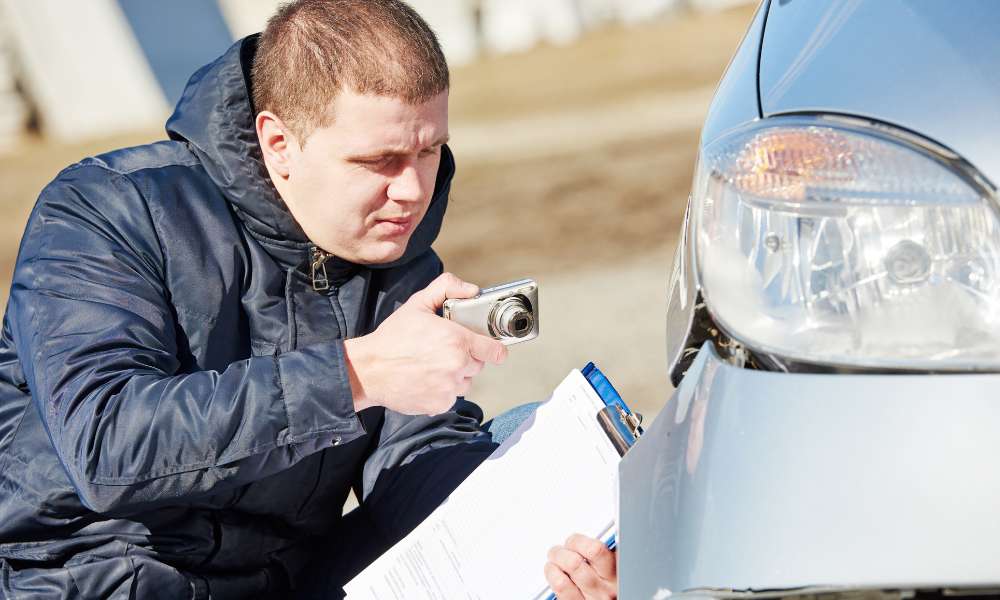Accidents happen, and when they do, the aftermath can be overwhelming. One of the pressing questions that arise is, “Who pays for car damage in New York?” Understanding the state’s insurance laws and knowing where to turn for help can make all the difference. At Cyclone Collision Center, we’ve seen it all and are here to guide you through this complex process.
Understanding No-Fault Insurance
New York is a no-fault insurance state, which means that regardless of who caused the accident, each driver’s insurance company covers their own medical expenses and lost wages up to a certain limit. This is designed to reduce the number of lawsuits and speed up the compensation process. However, no-fault insurance doesn’t cover vehicle damage, which brings us to the next important aspect.
Liability Coverage for Car Damage
Liability coverage is crucial in determining who pays for car damage. In New York, the at-fault driver’s liability insurance typically covers the damage to the other party’s vehicle. If someone else hits your car and they are found to be at fault, their insurance should cover your repair costs. However, it’s essential to understand the specifics:
- Property Damage Liability: This part of the at-fault driver’s insurance policy covers the repair or replacement costs of the other party’s vehicle. New York state law requires all drivers to carry a minimum of $10,000 in property damage liability coverage.
- Collision Coverage: This is an optional coverage you can add to your policy, which covers damage to your car regardless of who is at fault. If you have collision coverage, your insurance company will pay for the repairs, and they may later seek reimbursement from the at-fault driver’s insurance company.
Uninsured and Underinsured Motorist Coverage
Despite state laws requiring insurance, some drivers are still uninsured or underinsured. This is where uninsured (UM) and underinsured motorist (UIM) coverage come into play. These coverages are designed to protect you if you’re in an accident with a driver who either doesn’t have insurance or doesn’t have enough insurance to cover the damage.
- Uninsured Motorist Coverage: This coverage helps pay for your car repairs if you’re hit by an uninsured driver.
- Underinsured Motorist Coverage: If the at-fault driver’s insurance limits are too low to cover your damages, UIM coverage helps bridge the gap.
What to Do After an Accident
Knowing what to do immediately after an accident can significantly impact the claims process. Here are some essential steps to follow:
- Ensure Safety: Check for injuries and call 911 if necessary. Move to a safe location if possible.
- Exchange Information: Get the other driver’s name, contact information, insurance details, and license plate number.
- Document the Scene: Take photos of the damage, the accident scene, and any relevant road signs or signals.
- File a Police Report: This is often required by insurance companies and can be crucial if there are disputes about fault.
- Notify Your Insurance Company: Report the accident to your insurer as soon as possible, even if you’re not at fault.
Filing a Claim
When it comes to filing a claim, the process can vary depending on the circumstances:
- If You’re at Fault: Your insurance will pay for the damages under your collision coverage if you have it. If you don’t have collision coverage, you’ll be responsible for the repair costs out of pocket.
- If the Other Driver is at Fault: Their insurance should cover your repair costs. If they are uninsured or underinsured, your UM or UIM coverage will kick in.
Dealing with Insurance Companies
Insurance companies aim to minimize their payouts, so it’s crucial to approach the claims process carefully. Here are some tips:
- Get Multiple Estimates: Obtain repair estimates from different shops to ensure a fair settlement.
- Know Your Policy: Understand your coverage limits and deductibles to avoid surprises.
- Be Persistent: If your claim is denied or you’re offered a low settlement, don’t hesitate to negotiate or seek legal advice.
The Role of Cyclone Collision Center
At Cyclone Collision Center, we understand how stressful dealing with car damage and insurance claims can be. Our experienced team is here to help you navigate the process, ensuring your vehicle is repaired to the highest standards. From providing accurate repair estimates to working directly with insurance companies, we’re committed to making the process as smooth as possible for you.
Conclusion
Navigating the aftermath of a car accident in New York involves understanding no-fault insurance, liability coverage, and the importance of UM and UIM coverages. By knowing your rights and the steps to take, you can ensure that your car damage is properly addressed. Cyclone Collision Center is always here to assist you through every step of the process, providing peace of mind and top-notch repair services.
